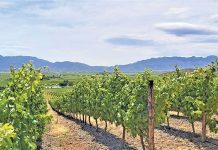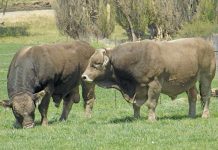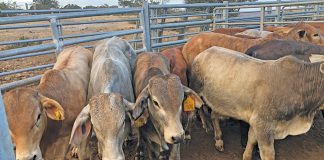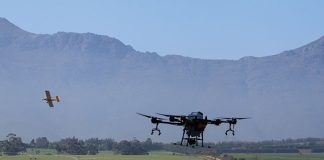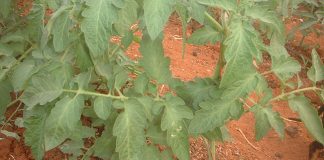
Hemp cultivation has emerged as a promising option for farmers globally in recent years, owing to its variety, sustainability, and potential profitability.
However, successful hemp cultivation needs more than simply sowing seeds in the ground. To unlock the full potential of this versatile crop, farmers must adhere to best practices in cultivation techniques.
Soil Preparation: The Foundation of Success
To achieve optimal development and yield, hemp seeds must be planted in well-prepared soil. Hemp flourishes on well-drained, fertile soil with a pH ranging from 6 to 7,5.
Farmers should undertake soil testing to determine nutrient levels and pH, and make any necessary amendments, such as adding organic matter or correcting pH using lime or sulphur.
READ Advice for cannabis entrepreneurs from experienced growers
Deep ploughing or tilling can enhance soil structure and aeration, allowing for better root development and nutrient uptake. Furthermore, clearing the field of weeds and trash prior to planting can lessen resource competition and potential pest concerns.
Planting Techniques: Maximising Yield and Quality
When it comes to planting hemp, determining the correct species and planting density is critical to achieving maximum production and quality.
Farmers should select hemp varieties that are suitable to their individual growing conditions, whether for fibre, grain, or CBD production. Choosing certified seeds from reliable vendors helps guarantee genetic purity and uniformity.
Planting hemp at a higher density might result in taller, straighter stalks, which are perfect for fibre extraction. In contrast, for CBD production, lower planting densities allow for bushier plants with higher cannabinoid contents.
Optimum irrigation is critical for hemp agriculture, particularly during the germination and early growth phases. Farmers should use effective irrigation systems to maintain stable moisture levels in the soil while preventing waterlogging, which can cause root rot and other illnesses.
Protecting Crops from pests
Hemp, like any crop, is susceptible to pests and diseases, which can reduce production and quality. Implementing integrated pest management practices can help farms reduce pest pressure while using fewer synthetic pesticides.
Crop rotation is an important part of hemp pest management. Rotating hemp with other crops can interrupt pest life cycles, minimise soil-borne illnesses, and boost overall soil health.
Furthermore, planting hemp in well-drained locations with sufficient air circulation will help minimise moisture levels and lower the danger of fungal diseases like powdery mildew.
Harvesting: Timing is Key
Harvesting hemp at the wrong time can have a negative influence on fibre quality, seed viability, and THC content.
Harvesting hemp when the stalks are at their highest fibre content but before seed development improves fibre quality and productivity.
Harvesting hemp when the seeds are mature but still retain moisture can help to prevent cracking and provide excellent seed quality in grains.
READ Guideline to the most popular cannabis extraction methods
In contrast, harvesting hemp at peak cannabinoid content, usually just before flowering, maximises CBD concentrations in the plant.
Mechanical harvesting equipment, such as combine harvesters or specialised hemp harvesters, can make the harvesting process more efficient, especially in large-scale operations.
Hand harvesting may be required for high-CBD types or boutique hemp crops, when precision and quality are critical.
Carbon Credits
In the context of hemp cultivation, carbon credits offer farmers an opportunity to monetise their sustainability practices while contributing to global efforts to combat climate change.
By implementing practices such as no-till farming, cover cropping,
and organic soil amendments, hemp farmers can reduce greenhouse gas emissions and enhance carbon sequestration in the soil.
Through participation in carbon credit programmes, hemp farmers can quantify the carbon sequestration potential of their cultivation practices and generate revenue by selling carbon credits on carbon markets.
Thomas Walker is the founder of Walker Cultivation, a consulting firm specialising in commercial cannabis production. Email him at [email protected].



